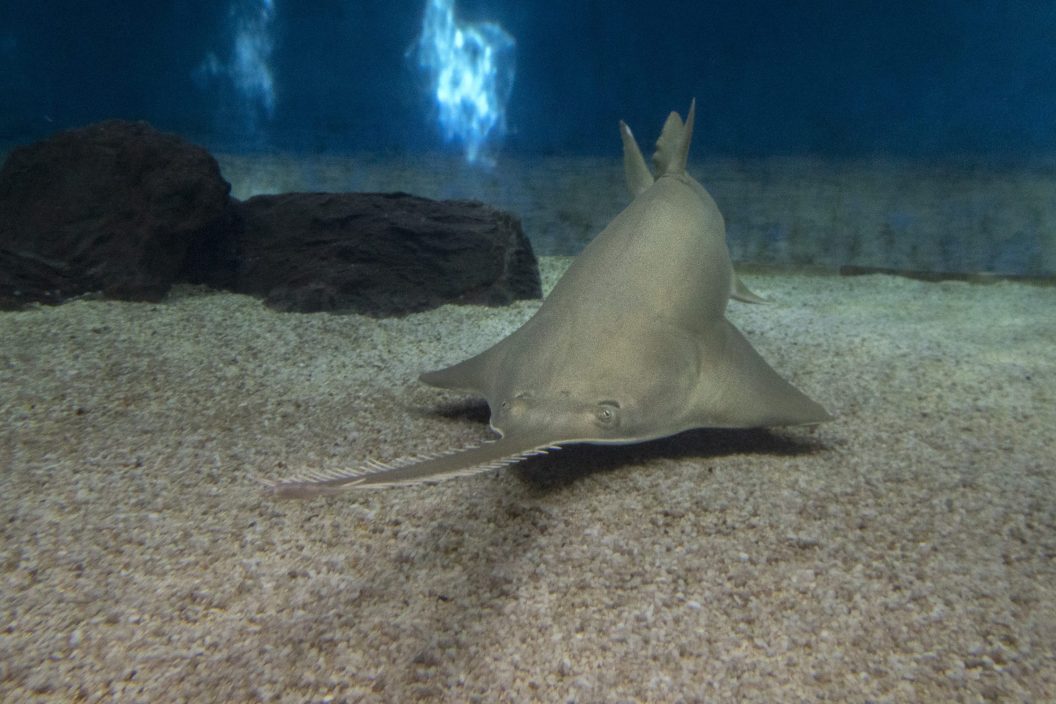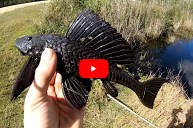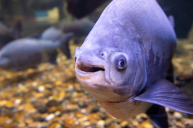Sick and dead sawfish are popping up all along the shores of Florida's Lower Keys. So far, wildlife officials said there have been 49 sightings of sick smalltooth sawfish, with 17 confirmed dead.
The endangered fish are rarely found outside Southern Florida; one was found dead last week, and its saw was missing. With such a fragile population, their deaths are alarming.
Sawfish aren't the only fish dying, cause for even more concern for the Florida Keys ecosystem. Since November, authorities have received reports of dead grouper, tarpon, snook, permit, snapper, and other small baitfish. Sick fish have also been reported, exhibiting odd behavior such as spinning, whirling, and flopping. However, authorities aren't sure what is causing the fish to die. Scientists and conservationists are working together to figure out what is causing the mysterious outbreak.
Bonefish & Tarpon Trust stated that it has received reports of 57 sick fish since Nov. 7. The condition now affects 25 species, and the symptoms are exhibited at night. The non-profit said that 77% of the reports came from between Boogie Channel and Bow Channel in the Lower Keys. However, recent reports have noted spinning fish as far up as Key West, with three sick fish reported in Miami just north of Biscayne National Park.
The non-profit is collaborating with multiple other agencies to get to the bottom of the disorder. A research study began Jan. 11, with BTT and Lower Keys Guides Association leading the charge. Their partners include a vast list of organizations: Florida International University's Fish Ecology Lab (FIU), University of South Alabama (USA), Florida Gulf Coast University (FGCU), Woods Hole, Florida Department of Environmental Protection (FL DEP), and Florida Fish and Wildlife Conservation Commission (FWC).
Researchers began by looking at contaminant levels, water column harmful algal blooms, benthic harmful algal blooms, and overall fish health. The BTT, LKGA, FWC, and FGCU collected 40 sick fish, 15 surface water samples, and 132 benthic samples (of organisms on the ocean floor).
However, the results so far are baffling. No parasites, viruses, or organ abnormalities were found. Plus, red tide was not present, and the Florida DEP didn't find any contaminants. However, benthic-harmful algal blooms were detected, including high levels of the algae that produce ciguatoxin, which can harm fish and humans.
"The organisms that cause ciguatera, and the prevalence of ciguatera, are generally more common in reef areas that are environmentally stressed," BTT wrote of its findings. "The stress is often reflected in algae overgrowing coral and reduction in coral cover. Sources of stress can include too many nutrients, warming sea temperatures from climate change, and overfishing of fishes and other organisms that eat algae."
However, they are unsure if the elevated algae levels are causing the fish to be sick. Researchers are also unsure how this cytotoxin acts in the overall food web, though other conservation groups are equally concerned about its presence.
"Alarming levels and varieties of toxic algae have surfaced, posing a grave threat to our marine life," the non-profit group Last Stand of the Florida Keys wrote on its Facebook page. The group encourages residents and visitors to keep their eyes peeled and report what they see while on the water.
In the meantime, BTT and its fellow researchers are performing additional toxin tests to see these organisms' impact.
READ MORE: Jump into one of Florida's Many Gorgeous Springs




